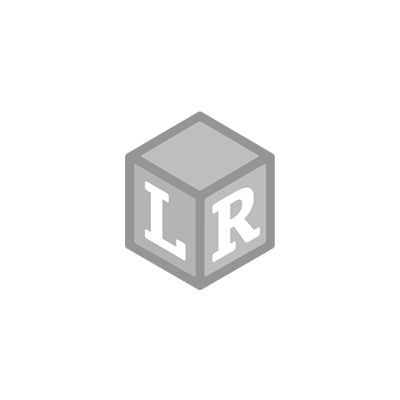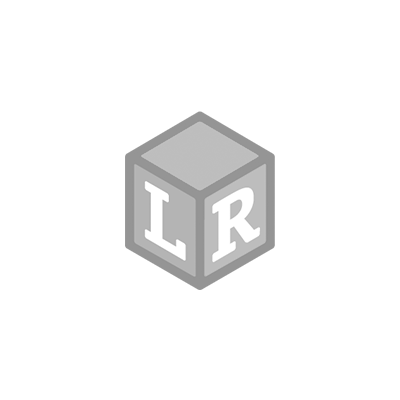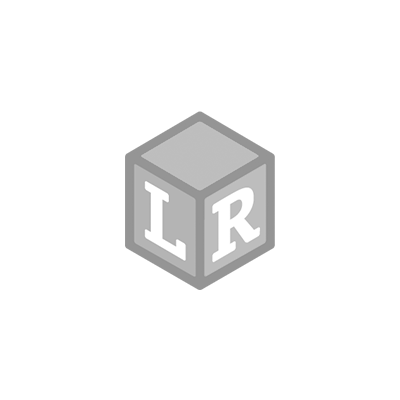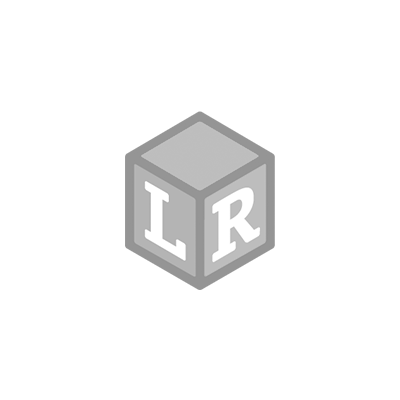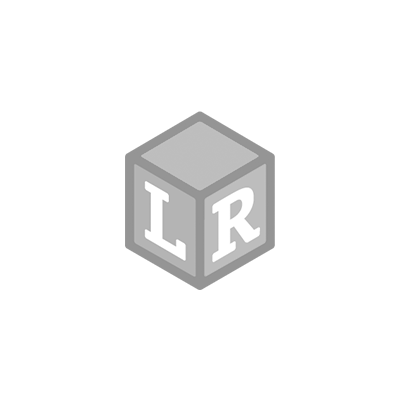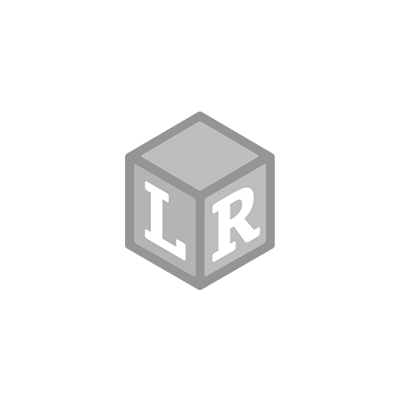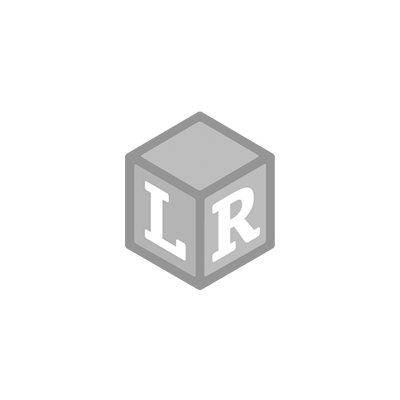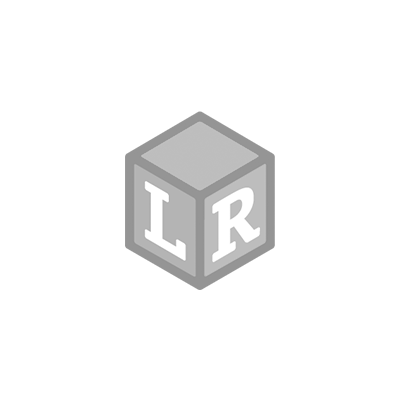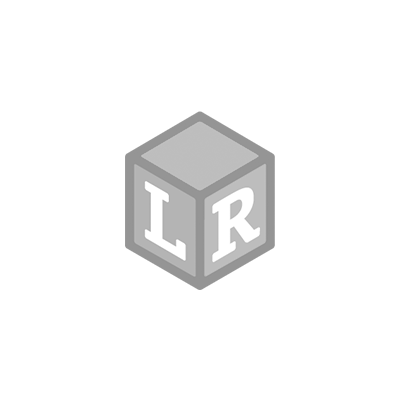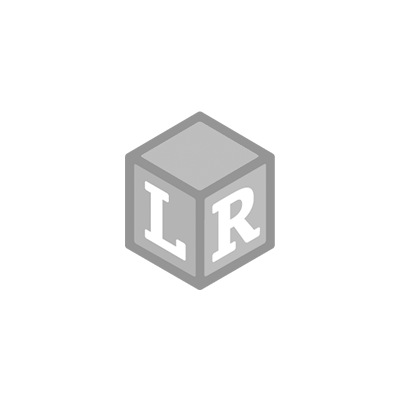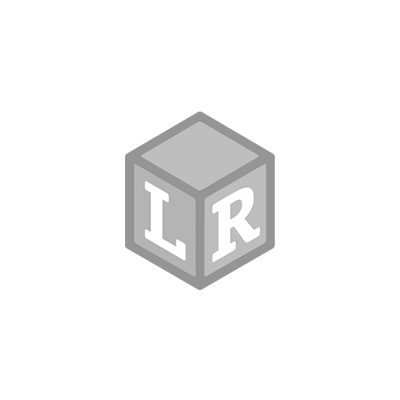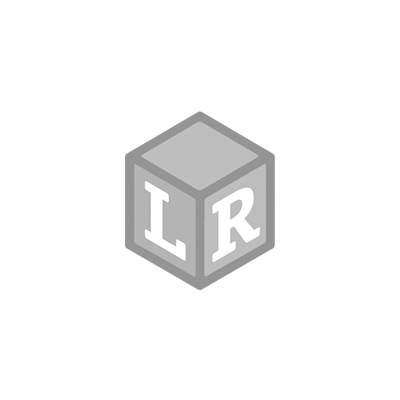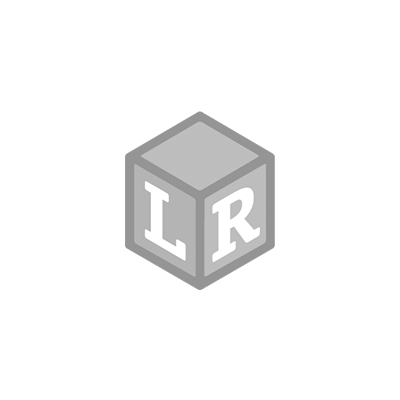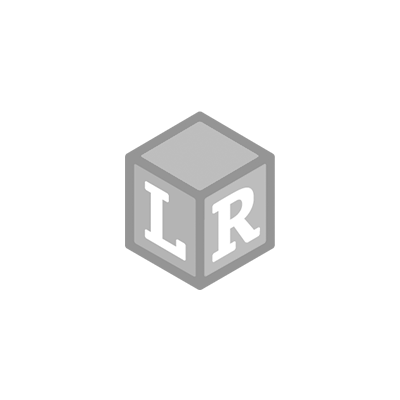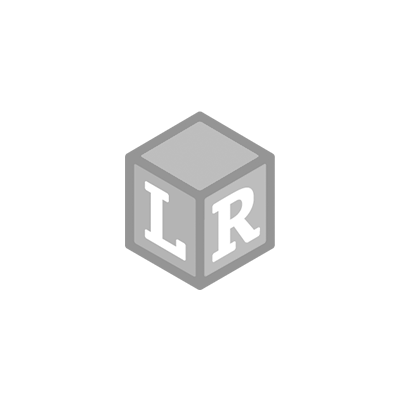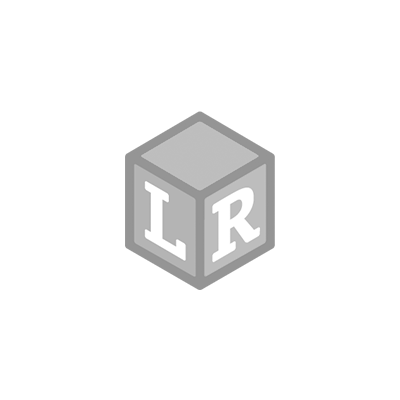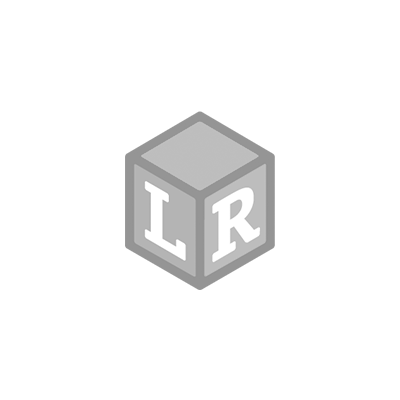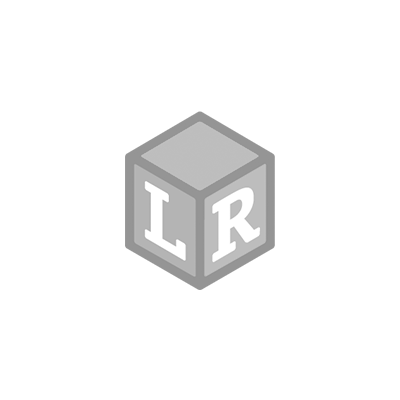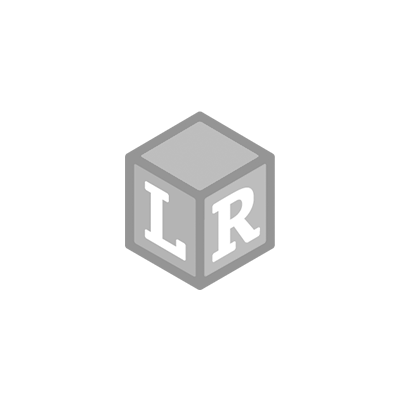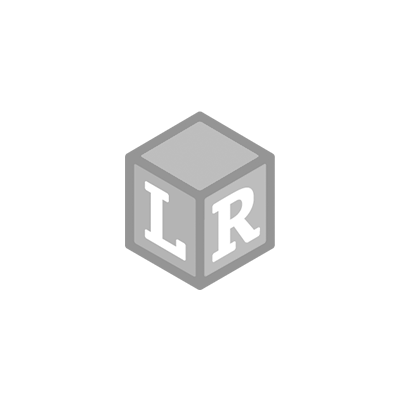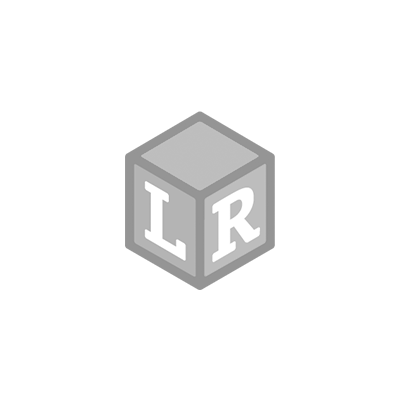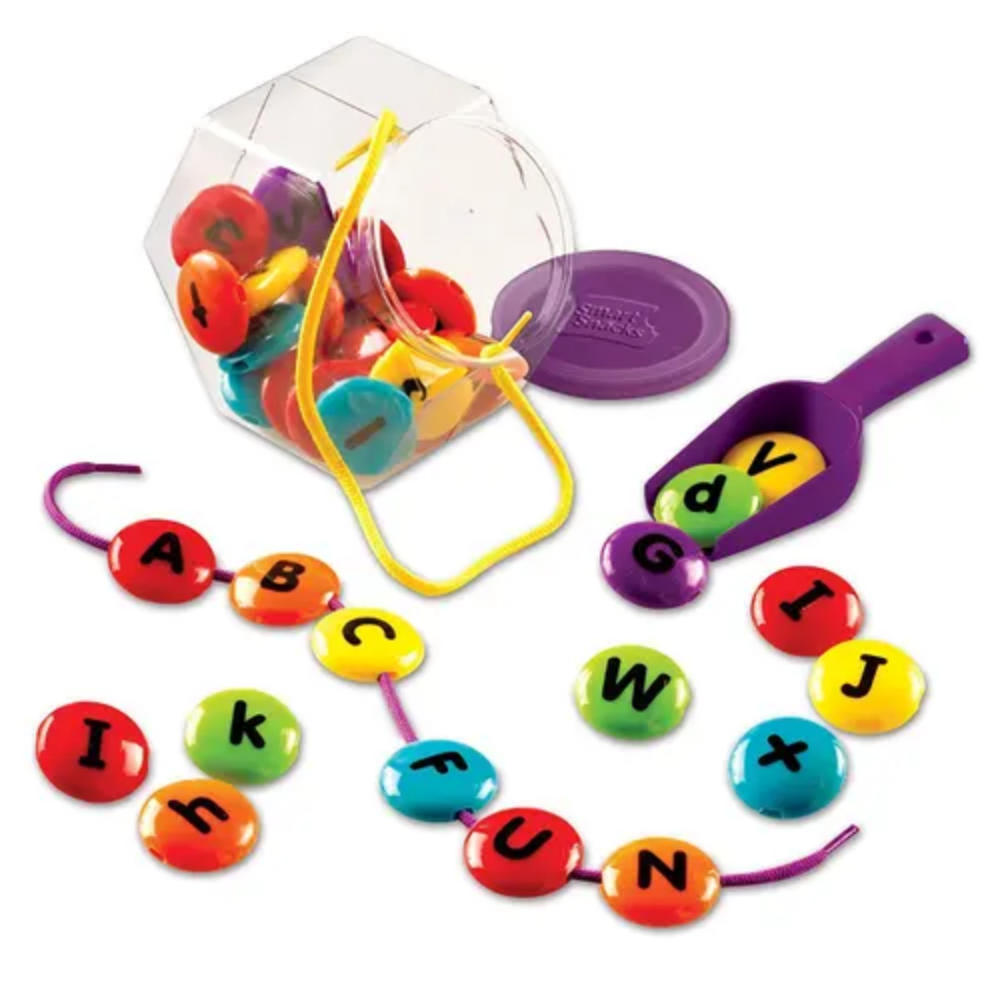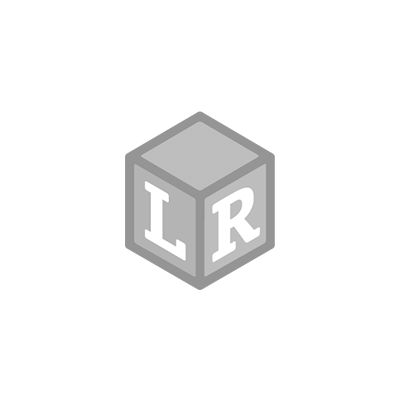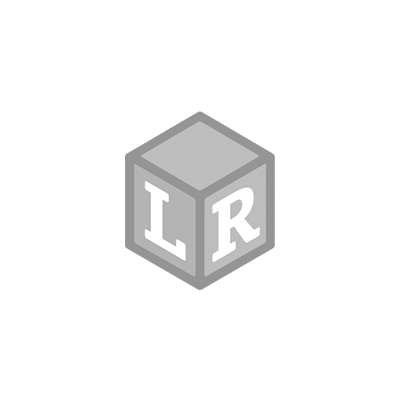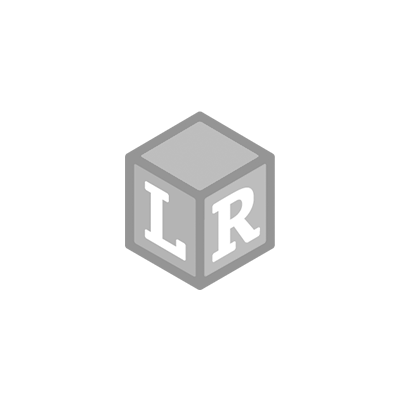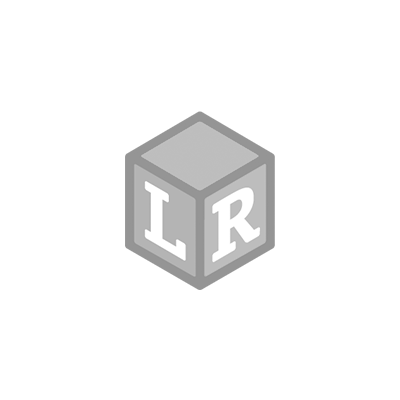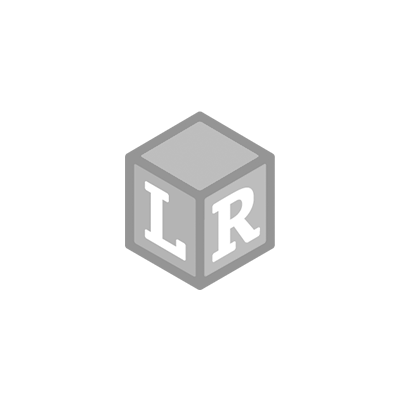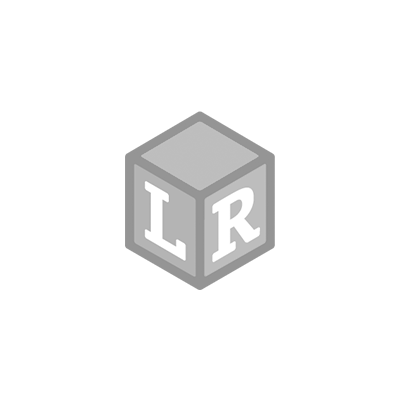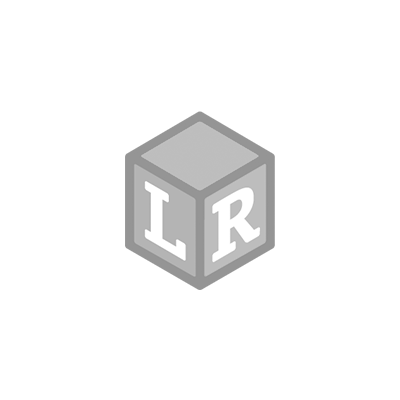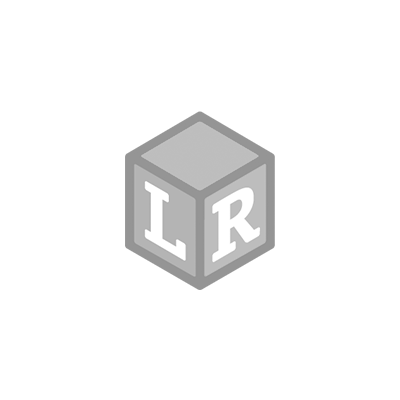
DIY: Binary Birthday Coding Necklace
- Patria Lincoln Posted On Jan 11, 2018 | Math
Happy Binary Birthday! Create a Coding Necklace
Binary code is the mathematical language of 0’s and 1’s. It is the way computers talk. Each time you play a computer game or look up something online, the screen is all represented in binary code. When it comes to communicated numbers, we humans talk in the decimal system, but computers talk in binary language. We count from 0 to 9 and then start all over again. In binary code, only 0’s and 1’s are used. Coding workshops and classes have sprouted up all over the world to help teach children how to think and problem solve using binary code. This generation is eager to jump in to learn more. For a fun STEM activity, help your children create a necklace that represents their birthday in the language of computers!Materials:
- 3 different color beads
- bowls to sort them
- A string for the necklace
- Scissors
- A binary code chart
 What is your child’s birthday as written out by the decimal system by MM/DD/YY?
What is your child’s birthday as written out by the decimal system by MM/DD/YY?
 Consult the binary code chart* to reveal your child’s birthday in binary language.
Consult the binary code chart* to reveal your child’s birthday in binary language.

 Tie a knot at one end of the necklace, and have your budding computer engineer lace the necklace with the corresponding beads.
Tie a knot at one end of the necklace, and have your budding computer engineer lace the necklace with the corresponding beads.
 Success! Looks great!
Success! Looks great!
 This simple exercise gets little minds thinking in code, opening their minds to the fact that computers talk and share information much differently than us!Happy Binary Birthday!
This simple exercise gets little minds thinking in code, opening their minds to the fact that computers talk and share information much differently than us!Happy Binary Birthday!
 *This chart is a condensed binary code chart. In binary code language, there are 8 placeholders for the 0’s and 1’s, otherwise referred to as an 8-bit sequence. For example, the number 3 is actually “00000011”. But for the sake of working with little ones, this conversion chart begins with two placeholders, and then grows as the numbers get larger.
*This chart is a condensed binary code chart. In binary code language, there are 8 placeholders for the 0’s and 1’s, otherwise referred to as an 8-bit sequence. For example, the number 3 is actually “00000011”. But for the sake of working with little ones, this conversion chart begins with two placeholders, and then grows as the numbers get larger.Valentine's Day Mathlink Cube Activities
Mathlink Cubes are perfect for creating fun and engaging Valentine's Day themed math activities. Additionally, Mathlink Cubes can be used to create patterns and sequences, such as making a pattern of hearts and counting the number of cubes used. These activities will help students practice their math skills in a fun and festive way.
Learn More
Mathlink Cubes are great for kids for several reasons:
- Hands-on learning: Mathlink Cubes are a hands-on learning tool that children can physically manipulate and explore mathematical concepts. This can help to make math more engaging and interactive for students.
- Multi-use: Mathlink Cubes can be used for various mathematical concepts, including counting, addition, subtraction, measurement, geometry, and more. This makes them a versatile and valuable tool for teachers and parents to have in their toolkits.
- Develops fine motor skills: Using the Mathlink Cubes requires children to use their fine motor skills, which can help to improve dexterity and hand-eye coordination.
- Concrete to abstract: Mathlink Cubes provide a concrete representation of mathematical concepts, which can help children to understand and internalize these concepts. Then the children can apply what they learned in the tangible form to more abstract problems.
- Fun and engaging: Mathlink Cubes come in different colors, making math activities fun and engaging for children. The fun and colorful aspect of the cubes makes children more excited to learn and practice math.
- Differentiation: Mathlink Cubes can be used to provide different levels of challenge for students, making it easy for teachers to differentiate instruction and provide support for students who need it.
Overall, Mathlink Cubes are an excellent tool for kids to learn and practice math in a fun and interactive way.
READ MORE
Mid-Summer Minicamp for Five-Year-Olds
Your soon-to-be-Kindergartener was built for summer! There’s so much to do, see, and explore, both inside and outdoors. If you’re looking for some fresh, fun ideas to help keep your rising Kindergartner engaged and learning for the rest of the summer, have we got the activities for you! Read on for three days’ worth of developmental, educational, and social-emotional activities – plus some bonus activities, just for fun. And don’t miss our summer minicamp activity ideas for three- and four-year-olds
Minicamp Day One:
Developmental Activity – Fine Motor Freezer Fun
Kick off your first day of camp with some fine motor fun! Threading is an age-appropriate challenge for four-year-olds, resulting in a colorful creation they can wear or display. Set out some pipe cleaners and pony beads and thread a bracelet, create a beaded pattern for your preschooler to follow, or stick some spaghetti sticks into a ball of molding dough and thread penne noodles to make Stegosaurus. Find more threading ideas here.
Educational Activity – Learning You Can Count On
Download this free, printable worksheet, grab some counters, and practice numbers and counting with your kiddo! Count the letters in their name (writing it out on a sheet of paper might help), their age, the number of siblings they have, and more!
Social Emotional Learning Activity – Paint a Rock
You may have seen the pretty, painted rocks people are leaving around neighborhoods across the country as a symbol of kindness. You can do the same! Take a walk and find some medium-sized rocks with nice flat or rounded surfaces. Clean them off and pop them in the oven at 350 for 15 minutes – you can use the time to talk about things that make your kids happy as inspiration for what they might draw. Let the rocks cool just a bit, then use crayons to draw their ideas! When the rocks are dry, use a Sharpie to write caring messages like “Kindness”, “Love”, or “Joy”. Then place them in your neighbors’ gardens to brighten up their days! Find other kindness activities here.
✨ Bonus Activity – Cool Down with a DIY Snowstorm ✨
End your first day of minicamp with another cool-down activity – making a snowstorm in a bottle! Gather a glass or see-through plastic jar, vegetable oil, white paint, glitter, and an Alka-Seltzer tab, and follow these instructions to make it snow inside!
Minicamp Day Two:
Developmental Activity – Get a Grip
Using the proper pencil grip is the key to legible writing. Help your kiddo practice this summer by providing a sheet of properly formed capital letters to trace using a variety of differently sized crayons, markers, and pencils. Around age five, kids should be able to manipulate a writing utensil with three fingers rather than move their wrists or arms. Learn more about proper pencil grasps here.
Educational Activity – Go on a Math Scavenger Hunt
Brush up on those math skills with a scavenger hunt around the house! Print this list of things to look for and set off to find everyday math items, including number words, items of certain sizes and shapes, pairs of things, and more!
Social Emotional Learning Activity – Create a Gratitude Wall
Playing school is a wonderful way to build your child’s creativity and imagination. It also allows your soon-to-be-scholar to mentally prepare for going to school and build the confidence they’ll need to thrive there. Set up some school-ish materials, like a chalkboard or easel, books, paper and crayons, and stickers, and follow your little one’s lead. Will they read to their stuffed animals? Teach you letters and numbers? Draw a picture?
✨ Bonus Activity – Build a Fort ✨
Nothing is nicer after a day of summer minicamp than a delicious popsicle! Follow our favorite recipe for fruit and veggie pops, working together to squeeze the lime, drop the ingredients into the blender, stir the elements, and insert the popsicle handles. Talk about the foods as you work with them – what color are they? What is their texture like? What letter does that food start with? How might it taste?
Minicamp Day Three:
Developmental Activity – Brew a Batch of Slime
Stretchy, sticky, and squishy, you probably know that slime is awesome. But did you know that slime also helps builds fine motor skills? Measuring, pouring, mixing, stirring, squeezing, smashing, rolling, and twisting are all great ways to strengthen hand muscles and build fine motor skills! Start your last day of minicamp off with some slime, using our favorite recipe.
Educational Activity – Print Letters in Playdough
Practice letter identification, letter sounds, and word building with this simple stamp-and-learn activity! Set out some molding dough (or make your own – another fun minicamp activity!), tools like plastic rolling pins, cutters, kid-safe scissors, and letter blocks or magnets. Then show your child how to flatten the dough and stamp a letter into it. Say the letter name as they stamp, make its sound, and say a word that starts with that letter. See if your child can find the letters in their name and stamp them all in a row.
Social Emotional Learning Activity – Have Fun with Physics
The forces of physics are all around us, and summer is a great time to see them in action. Floating in the pool, rolling a ball, and dropping an ice cream cone (oh NO!) are perfect examples of buoyancy, motion, and gravity. These simple activities will demonstrate some of the most fundamental properties of physics in a fun way – and you can follow up your lesson by making a simple machine (instructions included).
✨ Bonus Activity – Job Talk ✨
Print this free career worksheet, cut out the word cards and images, and match them up! Talk about each job, the responsibilities of each job, the qualities each requires, and which one interests your child the most (and the least).
READ MORE
Mid-Summer Minicamp for Four-Year-Olds
Summer marches on, and many families are ready for some fresh new activity ideas to keep their kids engaged and learning. To help liven things up – and prepare your four-year-old to start preschool in the fall – we’re sharing three days’ worth of unplugged developmental, educational, and social-emotional learning activities designed specifically for preschoolers (click for minicamps for three- and five-year-olds, too). Check out these fun ideas, starting with:
Minicamp Day One:
Developmental Activity – Find a Common Thread
Kick off your first day of camp with some fine motor fun! Threading is an age-appropriate challenge for four-year-olds, resulting in a colorful creation they can wear or display. Set out some pipe cleaners and pony beads and thread a bracelet, create a beaded pattern for your preschooler to follow, or stick some spaghetti sticks into a ball of molding dough and thread penne noodles to make Stegosaurus. Find more threading ideas here.
Educational Activity – Make an Ice Balloon
Shift from motor skills to a letter learning deep dive with this fun underwater activity (also great for bathtime!). Fill a bin with bubbly water, add a plastic scooper or cup, tongs, plastic tweezers, a whisk, and a clean dish scrubber, then drop in some plastic letters or letter magnets. Say the name of each letter as your child extracts it, make its sound, and say a few words that start with that sound. Find step-by-step instructions here.
Social Emotional Learning Activity – Explore Big Feelings
Solid social-emotional skills are a must for preschool. This free, downloadable, matching worksheet will help your little one learn to recognize emotions, from silly to sad to calm and nervous. Then talk about the feelings that go with each face, whether your child has ever felt that feeling, and what they might do to help a friend who’s feeling the same.
✨ Bonus Activity – Feeding at the Farm ✨
If your camper can’t get enough animals, they’ll love this fun-on-the-farm activity! Set out a few plastic bowls filled with animal “food” (think oats, dry pasta, chickpeas, and nuts), then let your little one use a spoon to fill cupcake liner “troughs.” Place the troughs on a play tray and your plastic farm animal figurines, and watch the pretend play unfold!
Minicamp Day Two:
Developmental Activity – Set Up an Apple Sensory Bin
Nothing says summer quite like apple pie! Kick off day two of minicamp with a sensory stimulating activity bin full of oats, play apples (or red, green, and yellow pom poms), scoopers, sifters, tongs, cups, and spoons, and let your little learner loose. Sorting and matching by color and size is a key foundational math skill, and manipulating the tools in the bin builds fine motor skills. Find more ways to play here.
Educational Activity – Explore Animal Habitats
This hands-on habitat activity lets kids learn about different animals and their various environments! Start by asking your child to choose a favorite animal figure. Talk about where that animal might live, what they might eat, and what you’ll need to create the perfect habitat. Take a walk around the house, out back, and to the park to collect these items, then build your habitats using a shoebox or Tupperware container, dirt, sand, rice, pebbles, bark, twigs, beads, marbles, etc.
Social Emotional Learning Activity – Play School
Playing school is a wonderful way to build your child’s creativity and imagination. It also allows your soon-to-be-scholar to mentally prepare for going to school and build the confidence they’ll need to thrive there. Set up some school-ish materials, like a chalkboard or easel, books, paper and crayons, and stickers, and follow your little one’s lead. Will they read to their stuffed animals? Teach you letters and numbers? Draw a picture?
✨ Bonus Activity – Make Hidden Veggie Popsicles ✨
Nothing is nicer after a day of summer minicamp than a delicious popsicle! Follow our favorite recipe for fruit and veggie pops, working together to squeeze the lime, drop the ingredients into the blender, stir the elements, and insert the popsicle handles. Talk about the foods as you work with them – what color are they? What is their texture like? What letter does that food start with? How might it taste?
Minicamp Day Three:
Developmental Activity – Have Some Fantastical Fine Motor Fun
Day three of your minicamp will be fantastic, thanks to our printable preschool worksheets! Build hand strength, graphomotor skills, hand-eye coordination, and more with a pack of free, fantastical preschool printables, including color by numbers unicorn, a mystery maze, and a coloring sheet. Then practice cutting with kid-safe scissors to create pretend play unicorn and dragon masks.
Educational Activity – Print Letters in Playdough
Practice letter identification, letter sounds, and word building with this simple stamp-and-learn activity! Set out some molding dough (or make your own – another fun minicamp activity!), tools like plastic rolling pins, cutters, kid-safe scissors, and letter blocks or magnets. Then show your child how to flatten the dough and stamp a letter into it. Say the letter name as they stamp, make its sound, and say a word that starts with that letter. See if your child can find the letters in their name and stamp them all in a row.
Social Emotional Learning Activity – Practice Kindness
Knowing other people’s feelings and doing what you can to help are two hugely important SEL skills. Put your playdough letter practice to good use by thinking of a friend or family member who might enjoy receiving a picture or letter from your child in the mail, then make one! Help your little one write a simple message, draw or paint an image to go with it, address an envelope, insert their work, and let your sweetie apply the stamp. Walk the letter to the mailbox, and off it goes! Find other ways to practice everyday kindness here.
✨ Bonus Activity – DIY Terrarium ✨
Are you tired of the summer heat? Make your rain cloud out of shaving cream and food coloring! Drop food coloring, one color at a time, onto a clear glass of water topped with shaving cream until the cream “cloud” becomes saturated enough to rain – just like real clouds! Then watch as a rainbow of colors is released from the bottom of the cloud into the water. Find step-by-step instructions for making your rainbow cloud here.
READ MORE
 Shop UK Site
Shop UK Site 

